
Search Engine Marketing (SEM) is a digital marketing strategy used to increase the visibility of a website in search engine results pages (SERPs). SEM encompasses various techniques and strategies to enhance a website’s ranking in both paid and organic search results, though it traditionally focuses on paid advertising. This guide will delve into the components, strategies, and tools that define search engine marketing, offering a comprehensive view for anyone seeking to understand or implement SEM effectively.
Search engine marketing, or SEM, is one of the most effective ways to grow your business in an increasingly competitive marketplace. With millions of businesses out there all vying for the same eyeballs, it’s never been more important to advertise online, and search engine marketing is the one of the most effective ways to promote your products and grow your business.
In this guide, you’ll learn an overview of search engine marketing basics as well as some tips and strategies for doing search engine marketing right.
What Is Search Engine Marketing?

Search engine marketing is a method of using paid advertisements that appear on search engine results pages (or SERPs). An SEM strategy involves bidding on keywords that users of search engines like Google and Bing might enter when looking for certain products or services. This gives the advertiser a higher placement in the results for those search queries.
These ads, often known by the term pay-per-click ads, come in a variety of formats. Some are small, text-based ads, whereas others, such as product listing ads or Shopping ads, are more visual, product-based search advertisements that allow consumers to see important information at-a-glance, such as price and reviews.
Search engine marketing’s greatest strength is that it offers advertisers the opportunity to put their ads in front of motivated customers who are ready to buy at the precise moment they’re ready to make a purchase. No other advertising medium can do this, which is why search engine marketing is so effective and such an amazingly powerful way to grow your business.
Search Engine Marketing (SEM) is a digital marketing strategy aimed at promoting websites by increasing their visibility on search engine results pages (SERPs). SEM encompasses both organic (SEO) and paid efforts (primarily through pay-per-click advertising), but the term is now often used interchangeably with paid search marketing alone. SEM campaigns leverage paid ads on search engines like Google, Bing, and Yahoo, where marketers bid on keywords related to their business offerings.
The primary goal of SEM is to drive more targeted traffic to a website, ultimately leading to conversions, such as purchases, sign-ups, or inquiries. Because it is highly measurable, SEM is a powerful tool for achieving business goals through targeted campaigns.
SEM vs. SEO
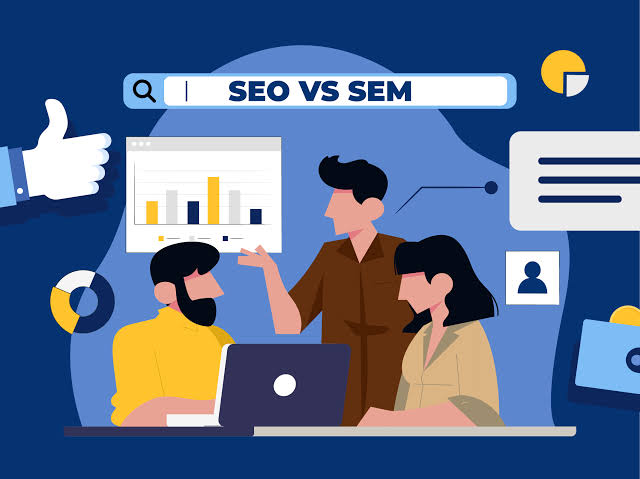
SEM versus SEO: What’s the difference?
Generally, “search engine marketing” refers to paid search marketing, a system where businesses pay Google to show their ads in the search results.
Search engine optimization, or SEO, is different because businesses don’t pay Google for traffic and clicks; rather, they earn a free spot in in the search results by having the most relevant content for a given keyword seBoth SEO and SEM should be fundamental parts of your online marketing strategy. SEO is a powerful way to drive evergreen traffic at the top of the funnel, while search engine advertisements are a highly cost-effective way to drive conversions at the bottom of the funnel.
How SEM Works ?
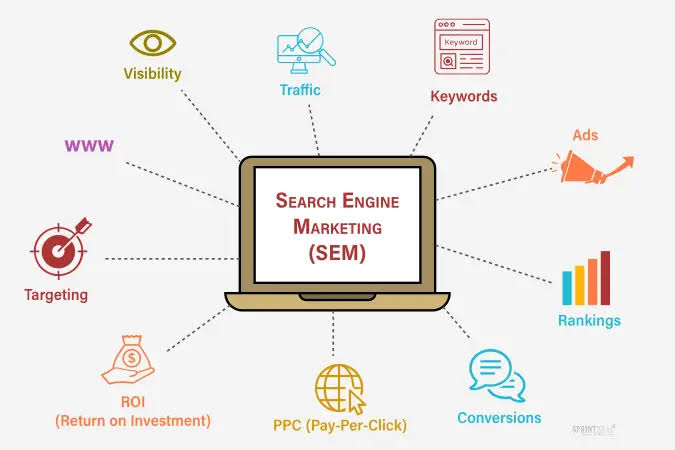
At the heart of SEM is the concept of bidding on keywords that people enter into search engines. When users search for terms related to a business’s offerings, the SEM strategy ensures that the business’s ads appear on the SERPs, ideally at the top. Here’s how SEM generally works:
- Keyword Research: Identifying relevant keywords that potential customers are likely to use in their search queries.
- Ad Creation: Crafting ads that will capture the audience’s attention and entice them to click.
- Bid Management: Determining the amount willing to be paid per click (CPC – Cost Per Click) and adjusting bids according to performance.
- Audience Targeting: Defining specific audiences to show ads, based on location, demographics, and other factors.
- Performance Monitoring: Analyzing the ad performance to adjust campaigns and improve their effectiveness.
Through SEM, businesses can ensure that their ads reach people with a high intent to purchase, as these people are actively searching for information, products, or services.
Types of SEM Campaigns
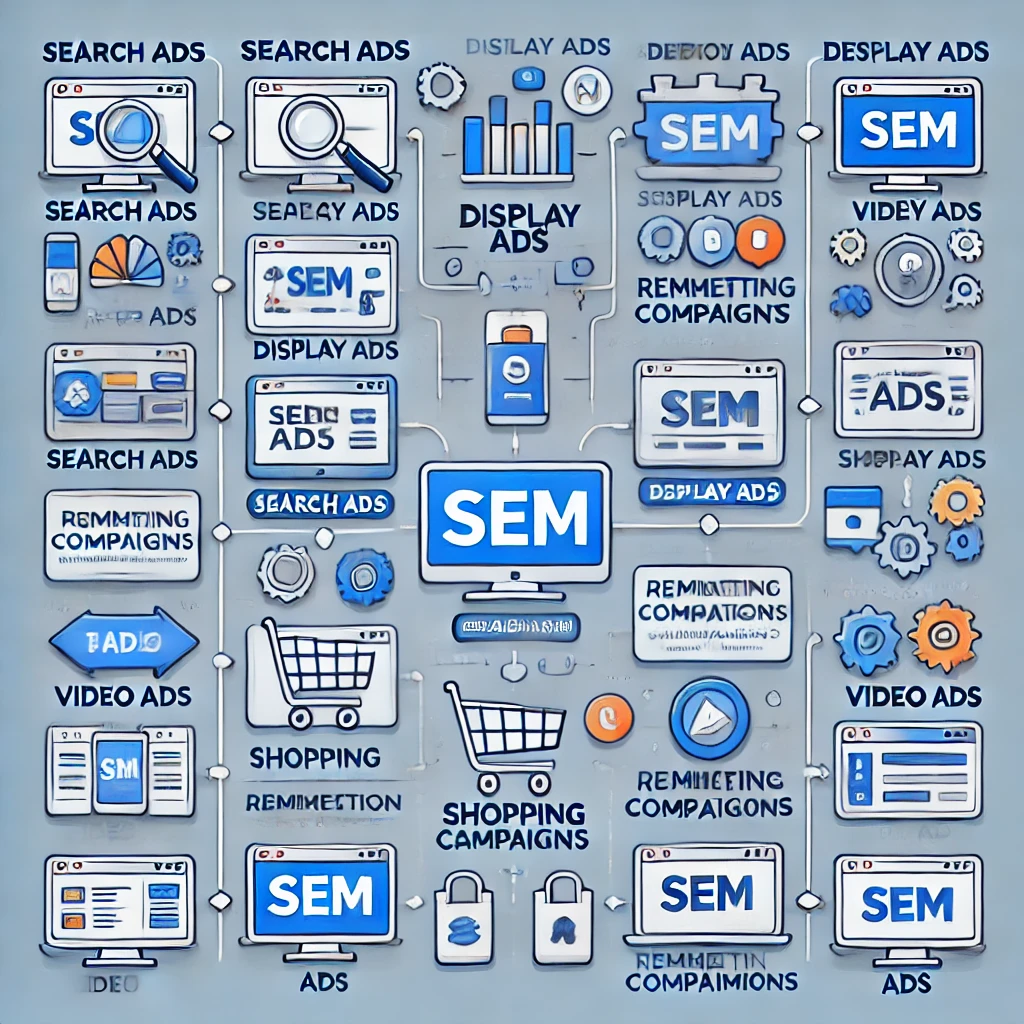
When you search a keyword on Google (or another search engine), a SERP displays results that consist of both organic results and paid ads. Ads come in many different forms, and the search engines typically indicate which results are paid advertisements.
The type of sponsored campaign you choose to employ should be based on your goals, timeline, and overall digital marketing strategy. A well-defined SEM strategy is crucial for optimizing paid search ads to achieve specific goals, such as keyword selection and budget management.
Google Ads

Search ads are text-based ads that appear at the top or bottom of a SERP when individuals search a keyword.
Display Ads

Display ads are image-based ads that appear on websites and applications. These ads allow you to stay top of mind by reaching your audience while they browse their favorite sites and apps. These sites and apps pull from the Google Display Network (GDN), a group of more than 2 million websites, videos, and apps where your ads can appear.
Shopping Ads

Shopping ads are product listings that appear at the top of SERPs for product-related searches. They also appear in the Google Shopping tab, and typically include an image of the product, the price, and a link to the product page.
Paid Search Marketing Video Ads

Video ads are advertisements that appear before, during, or at the end of videos on YouTube and other websites. They are highly targeted based on user data, and are designed to increase brand awareness (think commercials!) and drive traffic to your site.
Local Service Ads

Local service ads appear at the top of the SERP for local businesses that are relevant to the keyword that the user searches. They typically include the business name, reviews, city, phone number, hours of operation, and more.
App Ads

App ads are designed to promote your app across Google’s properties, such as Search, Play, YouTube, Discover, and the Google Display Network. They help your business grow by finding new app users!
Overall, businesses can use a combination of these SEM campaign types to effectively reach their target audience and achieve their advertising goals.
Keywords in SEM

Keywords are the foundation of SEM campaigns, as they directly influence when and where ads appear. Keyword research involves finding the right terms that potential customers are searching for.
- Types of Keywords:
- Broad Match: Allows ads to show for variations and related terms, maximizing reach.
- Phrase Match: Ads appear for searches that include the exact phrase or close variations.
- Exact Match: Ads appear only when the search term matches the keyword precisely.
- Negative Keywords: Terms for which you do not want your ad to show.
Effective keyword research and selection ensure that ads reach a highly relevant audience, thus improving click-through rates (CTR) and conversions.
Pay-Per-Click (PPC) Model
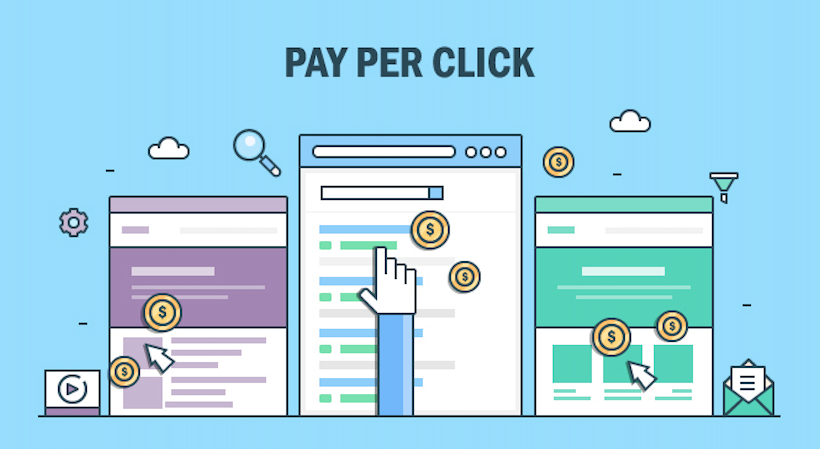
The PPC model is central to SEM, with the advertiser paying each time a user clicks their ad. It’s crucial for businesses to balance their PPC budget and bids to maximize their return on investment (ROI).
- Cost Per Click (CPC): Determines the cost of each click, influenced by competition and keyword relevance.
- Cost Per Mille (CPM): Cost per thousand impressions; typically used in display advertising.
- Cost Per Acquisition (CPA): Payment for each successful conversion, often useful for e-commerce sites aiming to drive specific actions.
An effective PPC campaign strategy maximizes clicks and conversions while minimizing unnecessary costs.
Using these tools ensures a more data-driven approach, helping to optimize ad performance continually.
SEM Best Practices

To succeed with SEM, certain best practices can greatly enhance ad performance and ROI:
- Focus on High-Intent Keywords: Use keywords that indicate strong purchase intent for better targeting.
- Optimize Ad Copy: Write concise and compelling ad copy, incorporating the primary keyword and a call to action.
- Enhance Quality Score: Improve ad relevance, CTR, and landing page experience for higher Quality Scores.
- Use A/B Testing: Experiment with different ad copies, landing pages, and bidding strategies to find the best-performing variations.
- Leverage Negative Keywords: Exclude irrelevant search terms to prevent wasted clicks.
- Adjust Bids Based on Performance: Continuously monitor and adjust bids for maximum efficiency.
Implementing these best practices can improve both the click-through rate and conversion rate of SEM campaigns.
Measuring SEM Success
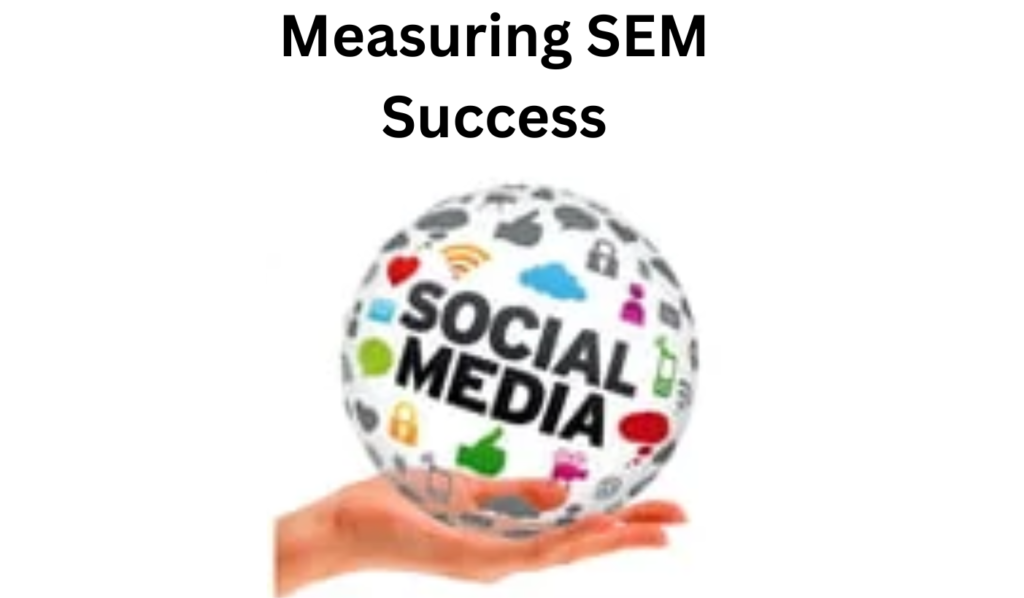
Measuring the success of SEM campaigns is crucial for ongoing optimization and understanding ROI. Key metrics include:
- Click-Through Rate (CTR): Percentage of impressions that result in clicks, indicating the relevance of the ad.
- Conversion Rate: The percentage of clicks that result in the desired action, such as a purchase or sign-up.
- Cost Per Conversion: Total cost divided by the number of conversions; a low value indicates cost-efficiency.
- Return on Ad Spend (ROAS): Revenue generated by ads divided by ad spend; useful for understanding profitability.
- Impression Share: Shows the percentage of total impressions an ad received out of the possible impressions for the target audience.
These metrics provide insights into both the effectiveness of individual ads and the overall success of an SEM campaign.
Advantages of SEM

Increased Visibility and Brand Awareness: SEM places ads in prominent positions on search results, which enhances visibility and brand awareness, especially for new or lesser-known brands.
Immediate Results: Unlike SEO, which may take time to show results, SEM can drive traffic almost instantly after campaign launch.
Targeted Advertising: SEM allows targeting specific keywords, locations, demographics, devices, and even time of day, ensuring ads reach the most relevant audience.
Measurable Performance: With detailed analytics, SEM provides clear insights into click-through rates (CTR), conversion rates, cost-per-click (CPC), and ROI, allowing for data-driven decision-making.
Flexibility in Budgeting: SEM offers flexibility to set daily or campaign budgets, allowing businesses of all sizes to participate and control spending.
Remarketing Opportunities: Through SEM, businesses can retarget users who previously visited their site, increasing chances of conversion over time.
Disadvantages of SEM

Costly in Competitive Markets: In highly competitive industries, CPCs can become expensive, especially for high-demand keywords.
Temporary Results: SEM provides immediate results, but traffic drops once the campaign is stopped or budget runs out, unlike SEO, which can offer lasting visibility.
High Management Effort: SEM campaigns require consistent monitoring and optimization to maintain performance. This can be time-intensive and may require expertise.
Ad Blindness: Some users ignore paid ads, focusing on organic results. This can reduce the effectiveness of SEM for certain audiences.
Risk of Click Fraud: Competitors or malicious parties may engage in click fraud, artificially inflating clicks without genuine interest, which wastes the ad budget.
Limitations of SEM

Limited to Search Engine Reach: SEM is confined to search engine platforms, mainly Google and Bing. This restricts visibility to search engine users and excludes those on social media or other platforms.
Dependence on Keywords: Success in SEM is highly keyword-dependent. If keyword research or targeting is poor, the campaign may not yield desired results.
Algorithm and Policy Changes: Search engines often change algorithms or policies, which may impact ad performance, ranking, or cost, and require adaptation.
Ad Fatigue: Users may grow tired of seeing the same ads, leading to decreased engagement over time, especially with high-frequency ads.
Complex Skill Requirements: To maximize SEM performance, knowledge of keyword research, bidding strategies, and audience segmentation is essential, often requiring trained professionals.
Conclusion

Search Engine Marketing is an essential strategy for businesses looking to gain quick visibility in search engine results and reach audiences actively seeking their products or services. By understanding the nuances of keyword selection, ad creation, bidding strategies, and performance tracking, businesses can leverage SEM to drive traffic, increase conversions, and improve brand awareness. The combination of targeting precision, flexibility, and measurable results makes SEM a powerful component of any digital marketing strategy. As search algorithms and user behaviors continue to evolve, ongoing adaptation and data-driven optimization will remain central to SEM success.
In conclusion, SEM can be a powerful tool for driving immediate traffic and conversions, especially when used strategically. However, it requires a well-planned approach and regular management to balance costs, adapt to changing conditions, and mitigate challenges.
